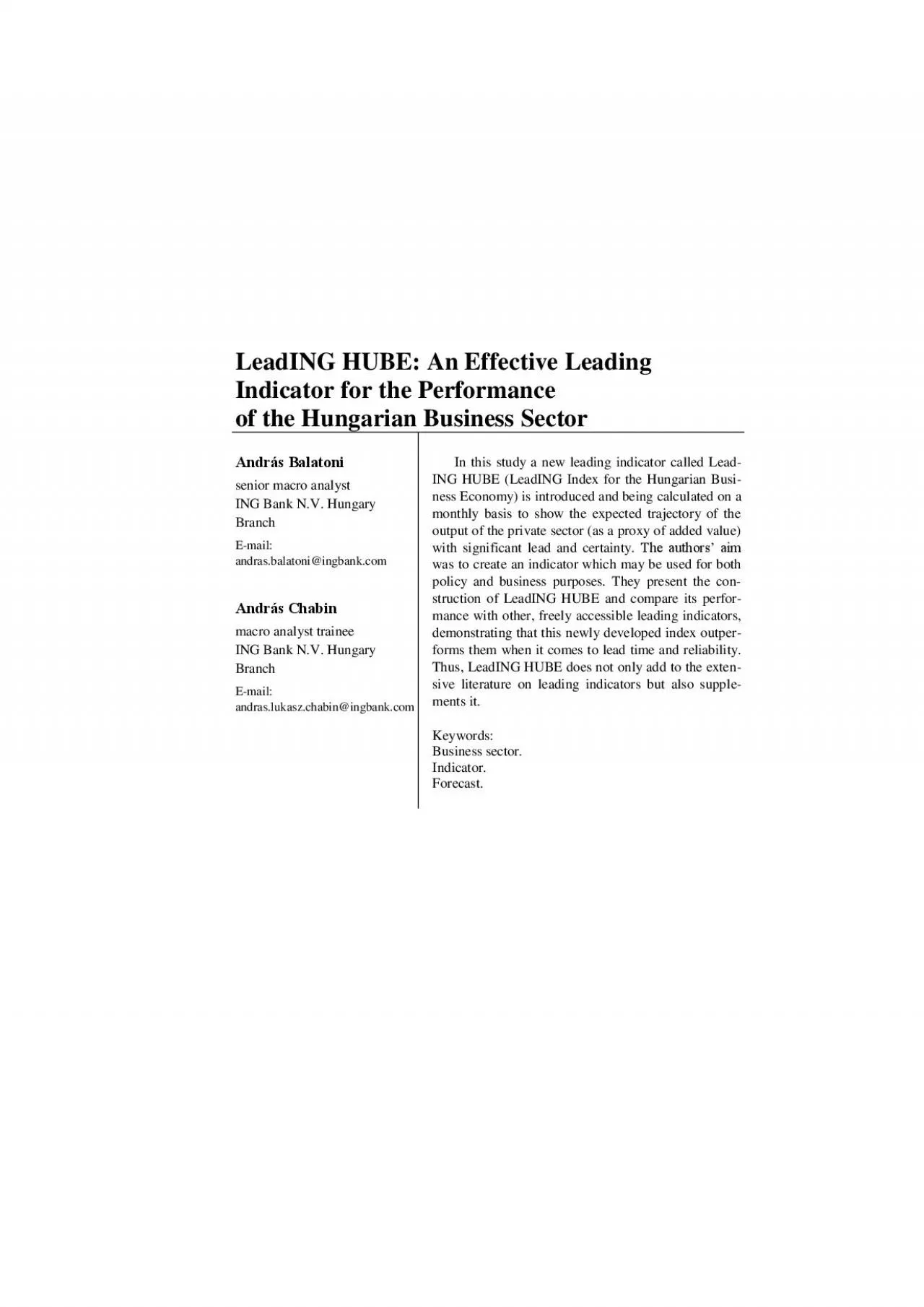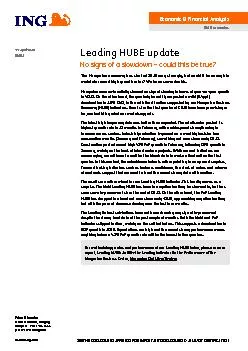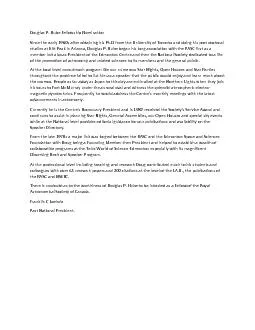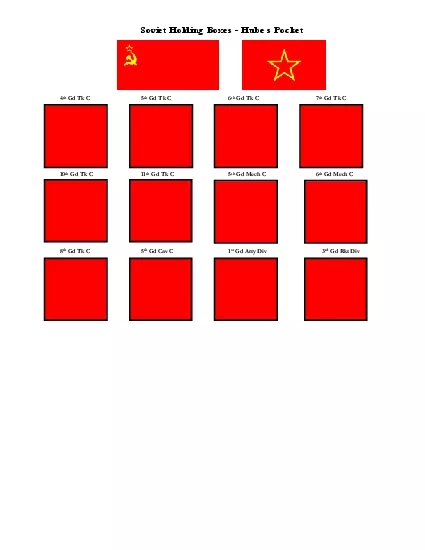PDF-eadING HUBE An Effective Leading
Author : joy | Published Date : 2021-06-13
L Indicator for the Performance of the Hungarian Business Sector András Balatoni senior macro analyst ING Bank NV Hungary Branch E mail a n drasbalatoniingbankc om András
Presentation Embed Code
Download Presentation
Download Presentation The PPT/PDF document "eadING HUBE An Effective Leading" is the property of its rightful owner. Permission is granted to download and print the materials on this website for personal, non-commercial use only, and to display it on your personal computer provided you do not modify the materials and that you retain all copyright notices contained in the materials. By downloading content from our website, you accept the terms of this agreement.
eadING HUBE An Effective Leading: Transcript
Download Rules Of Document
"eadING HUBE An Effective Leading"The content belongs to its owner. You may download and print it for personal use, without modification, and keep all copyright notices. By downloading, you agree to these terms.
Related Documents














